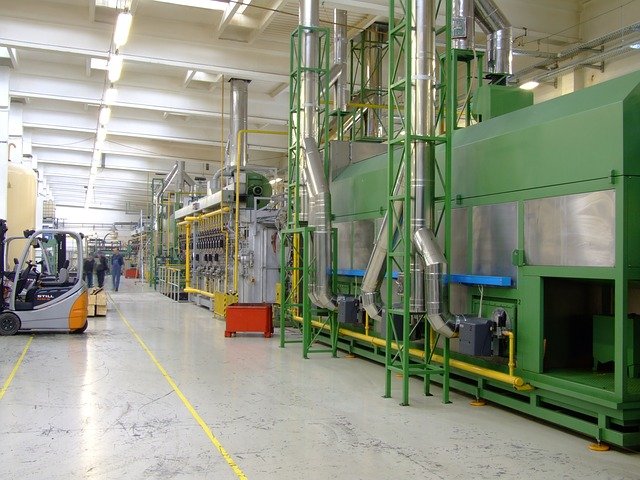-
Philippine manufacturing conditions recorded a turnaround in in January 2021 after three successive months of decline
-
The Philippines’ Purchasing Managers’ Index rose from 49.2 in December to 52.5 in January, indicating expansion
-
Productions volumes rose solidly, while renewed growth in new orders indicated an overall improvement in demand conditions
-
Business sentiment remained positive among manufacturers in the Philippines, as firms continue to foresee a rise in production over the coming year
The Philippine manufacturing sector recorded a turnaround in operating conditions in January 2021, indicating a move towards a recovery from the downturn brought on by the coronavirus pandemic (COVID-19).
The Philippine Purchasing Managers’ Index rose from 49.2 in December to 52.5 in January, posting above the 50 neutral value that separates expansion from contraction, according to the latest survey of IHS Markit.
“January data indicated a rebound in operating conditions across Filipino manufacturing sector after three successive months of decline,” IHS Markit economist Shreeya Patel said in a statement.
Productions volumes rose solidly, while renewed growth in new orders indicated an overall improvement in demand conditions, Patel noted. She added that an increase in purchasing activity and stocked inventories was also a positive sign that manufacturing companies expect demand to grow over the coming months.
“That said, signs of fragility remained evident with staffing cuts and sharp cost pressures mounting. At the same time, virus-related restrictions contributed to substantially longer delivery times and subdued foreign demand,” Patel pointed out.
“Businesses are hoping for a successful and swift vaccine roll-out plan, which is scheduled to begin during the first quarter. Until then, restrictions are likely to stay in place as policy makers seek to contain virus case numbers,” she added.
In line with higher output volume, Filipino manufacturers expanded their purchasing activity at the start of the year. Furthermore, efforts to realign stocks with growing new orders led to an accumulation of both pre-production inventories and stocks of finished goods.
IHS Markit noted that supply chain disruption was evidenced by January survey data, which showed supplier delivery times lengthening to the greatest extent in four months.
Port congestions and COVID-19 restrictions were often linked to the deterioration in vendor performance, it noted.
Higher raw material costs also resulted in rising input prices in January.
Some respondents also mentioned that adverse weather conditions contributed to cost pressures. The latest overall increase in cost burdens was the steepest since November 2018.
Sharp rises in input prices led manufacturers in the Philippines to partially pass on greater cost burdens to clients through higher factory-gate charges. The latest rise was the sharpest in the current nine-month period of output price inflation.
Looking ahead, business sentiment remained positive among manufacturers in the Philippines, as firms continue to foresee a rise in production over the coming year.
IHS Markit noted that hopes of greater demand and the easing of COVID-19 restrictions underpinned optimism. That said, the degree of positive sentiment eased from that in December as the ongoing pandemic weighed slightly on confidence.





